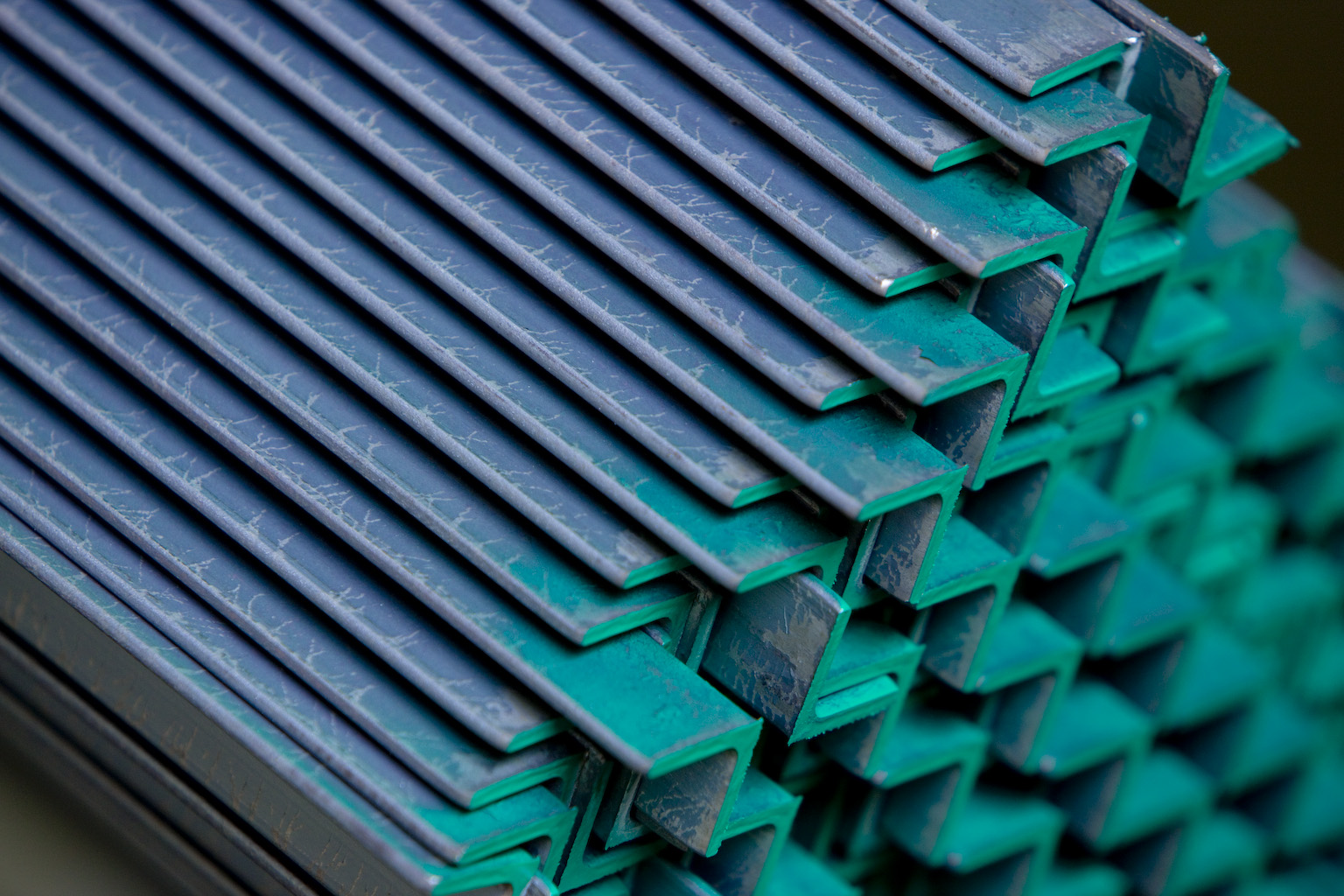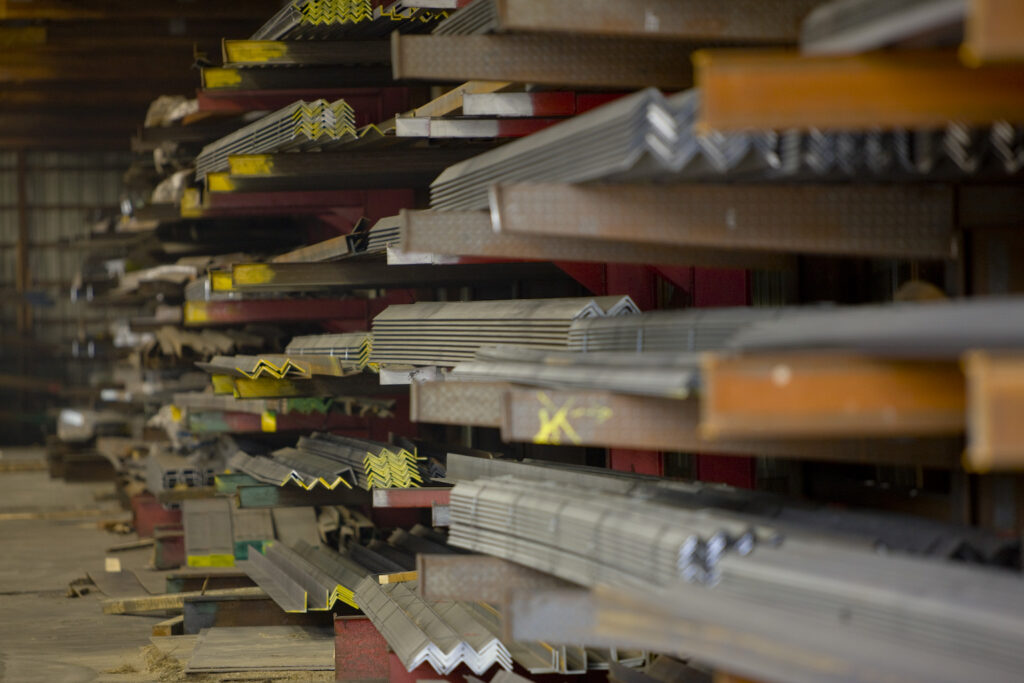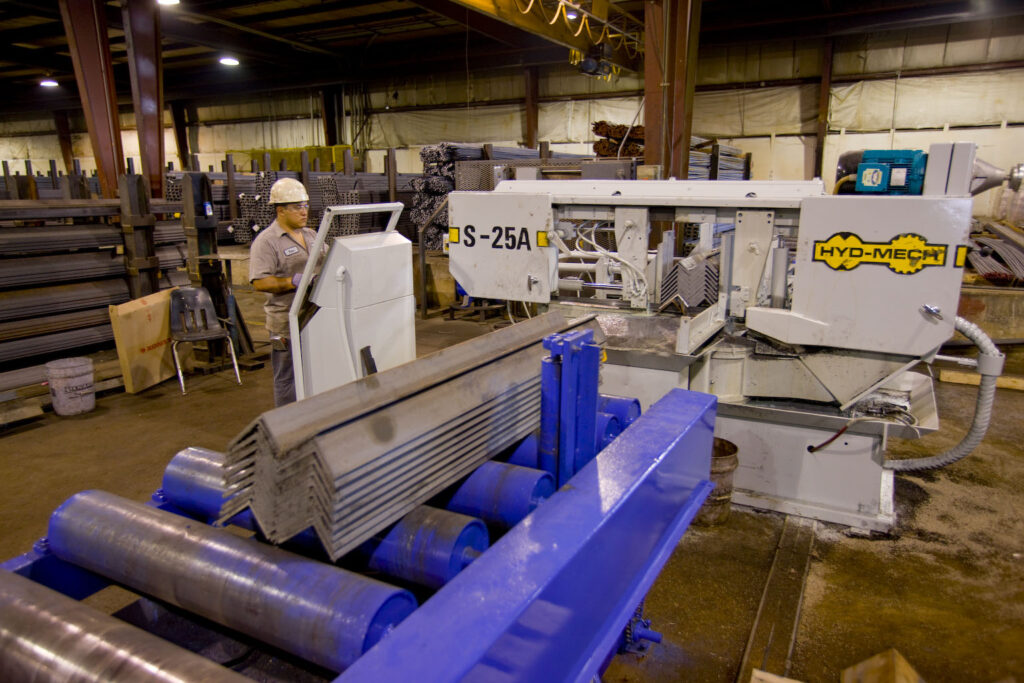
How Structural Steel Angle Shapes Stronger Infrastructure
Steel angle offers one of the most reliable and cost-effective solutions when structural performance is essential. Selecting the correct material across construction sites, manufacturing facilities, and energy operations determines the difference between long-term strength and costly setbacks. Structural steel angle stands out not only for its shape but for what that shape enables: consistent load support, clean connections, and dependable performance under pressure.
With two perpendicular legs joined in an L-shape, steel angles resist force along multiple planes. This construction helps control movement, distribute stress, and reinforce critical connection points. It is available in standard and high-strength grades such as ASTM A36, A529, and A572 and offers excellent weldability and fabrication flexibility. Whether anchoring a mezzanine or bracing a pipeline, selecting the right steel angle supports uptime, safety, and project efficiency.
Where Strength Meets Application
Framing That Lasts: Buildings and Structural Supports
A weak frame reveals itself when problems are most difficult to fix. Steel angle helps brace corners, reinforce openings, and distribute loads across framing systems. Its strength-to-weight ratio and dimensional consistency make it a preferred choice for warehouses, commercial buildings, and modular construction where long-term structural reliability and fast installation are required.
Bridge Trusses and Lattices
Bridge components must endure dynamic loads, vibration, temperature changes, and long spans. Steel angles form the cross-bracing and trusses that help manage these forces. The L-shape resists torsion and bending, allowing for lightweight reinforcement that improves safety and extends service life. Using the wrong profile in these applications can introduce stress concentrations that compromise long-term performance.
Concrete Reinforcement
Concrete performs well under compression but fails under tension. Structural steel angles embedded in slabs, pillars, or retaining walls increase tensile capacity and reduce cracking and deformation. Corrosion-resistant options can further extend the life of reinforced concrete, especially in high-load or moisture-prone environments.
Shelters and Outdoor Structures
Steel angle is frequently used in framing shelters, awnings, and exterior canopies. Its strength and formability allow for fast fabrication and long-term resilience under wind and weather exposure. Lower-quality profiles may warp, rust, or require ongoing maintenance, which increases project costs over time.
Industrial Applications That Rely on Reliability
Heavy Equipment Frames
In machinery such as cranes, robots, and automated systems, alignment is critical. Steel angles support internal frames and bases that must remain rigid under static and dynamic loads. The L-shaped geometry provides resistance in two planes and holds alignment through vibration, shock, and prolonged use. Choosing the wrong material here may result in misalignment, equipment wear, or system failure.
Warehouse Racking and Storage Systems
Pallet racks and industrial shelving systems require strength, stability, and uniformity. Steel angles form the frameworks that support tons of materials while maintaining structural integrity. Their compatibility with bolt-on components allows for customization and scalability, while poor material choices increase the risk of deflection, instability, or collapse under load.
Pipe and Duct Supports in Energy Facilities
Manufacturing plants, refineries, and energy operations depend on steel angles to support heavy piping systems and ductwork. In critical process environments, underperforming structural support can lead to system-wide disruption. Properly specified angles absorb vibration, manage thermal expansion, and prevent sagging or misalignment, resulting in fewer shutdowns, leaks, and costly maintenance issues.
Transportation Frames
Vehicle frames for trains, buses, and industrial equipment must meet high structural standards while minimizing weight. An inadequate framing solution could compromise load distribution and increase repair needs. Steel angles offer design flexibility, formability, and impact resistance. When used correctly, they contribute to durability and long-term safety.
Mezzanines, Platforms, and Catwalks
Elevated workspaces and access platforms must meet strict safety codes. Selecting the wrong material could compromise structural stability or limit future expansion. Steel angles form the structural base for mezzanines, walkways, and catwalks. Their compatibility with guardrails, stairs, and grating ensures compliance and flexibility.
Choosing the Right Steel Angle Grade

Not all steel angles are created equal. Selecting the appropriate grade depends on your application’s structural requirements, welding or fabrication methods, and environment. Below is a high-level comparison of common structural steel angle grades to help guide your selection process.
| Steel Grade | Yield Strength | Typical Use Cases | Weldability | Cost |
|---|---|---|---|---|
| ASTM A36 | 36,000 psi | General structural use, light framing, platforms | Excellent | $$ |
| ASTM A529 | 42,000–50,000 psi | Medium-load bearing, columns, supports | Good | $$$ |
| ASTM A572 | 50,000–65,000 psi | Heavy-duty bracing, load-bearing structures | Good | $$$$ |
Consulting with a steel expert can help ensure you select a grade that meets your project’s structural demands without overengineering the solution or inflating material costs.
Customization for Every Need
Because no two projects share identical demands, customers frequently require customization. Engineers and builders choose from various steel angle dimensions, thicknesses, and material grades to meet specific project requirements. Many professionals request ASTM A572 structural steel angle to leverage superior strength in a lighter material, optimizing performance and cost.
Steel angle structural shapes come in varied leg lengths and thicknesses, allowing for precise integration into designs ranging from minimalist supports to massive load-bearing components.
The Right Angle for Every Project

When your project demands top-tier structural steel angle, Westfield Steel delivers. Our inventory includes an unmatched selection of millions of pieces across three Midwest facilities. Whether you need standard sizes or tailored specifications, our expert team fabricates and customizes steel angles to meet your requirements.
Westfield Steel is more than a supplier; we are a trusted partner in your success. Our experienced team works closely with construction, manufacturing, and fabrication professionals to ensure every steel product we supply meets high expectations in strength, precision, and performance. Contact Westfield Steel today to speak with a steel expert about your project needs or to request a free, no-obligation quote.
Back